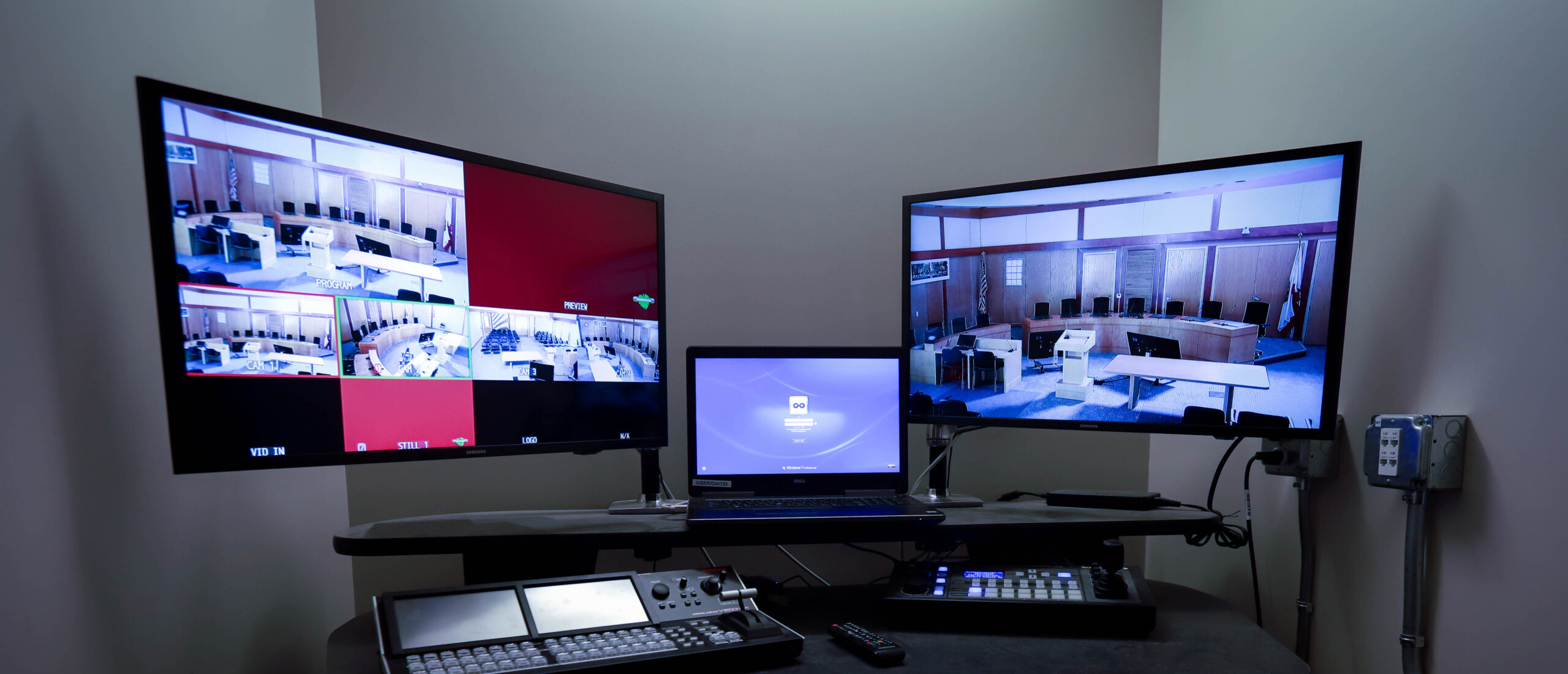Enhancing Acoustic Experience Via Tactical Audio Placement in Commercial Environments
Enhancing Acoustic Experience Via Tactical Audio Placement in Commercial Environments
Blog Article
Enhancing acoustic quality in business spaces is essential for establishing an appealing and effective environment. Whether it’s in a dining establishment, shopping outlet, or office, the way audio travels and is perceived can greatly impact client contentment and staff productivity. Thoughtful audio positioning plays a crucial part in achieving ideal audio performance. By grasping the principles of sound dynamics and taking into account the layout of the area, businesses can improve the complete auditory environment for all present.
One of the initial actions in efficient speaker placement is to evaluate the size and configuration of the business space. Different sections may have distinct sound characteristics that affect how audio behaves. For instance, spacious, expansive areas may require more audio units to ensure even audio coverage, while compact, enclosed spaces might gain from fewer audio units placed thoughtfully to prevent overloading the listener. Additionally, the materials used in the building of the area, such as walls, floors, and roofs, can affect sound bounce and dissipation. Understanding these elements helps in determining the best positions for audio units.
Another crucial consideration is the type of audio being broadcast. Background music in a café, notifications in a shopping outlet, or displays in a meeting space all require different audio setups. For instance, in a dining establishment, speakers should be positioned to establish a enjoyable ambiance without overpowering conversations. In contrast, in a retail space, speakers may need to be positioned to ensure that promotional messages are distinctly audible throughout the space. Tailoring the audio placement to the particular sound requirements of the setting can significantly enhance the overall experience.
The elevation and tilt of the audio units also play a major part in sound coverage. Positioning audio units at listening height can assist ensure that sound reaches the audience efficiently. Additionally, tilting audio units towards the center of the room can help direct audio where it is required most. This is especially important in spaces with high ceilings, where audio can readily disperse. By thoughtfully considering the height and direction of the speakers, businesses can create a more immersive acoustic experience that keeps customers engaged and employees focused.
Finally, regular evaluation and adjustment of audio positioning are crucial for this content preserving ideal audio performance. As the design of a business space changes, or as new furniture and accessories are added, the acoustic dynamics may change. Performing periodic assessments can help identify any issues with sound distribution and allow for required modifications. By focusing on thoughtful audio positioning and continuous assessment, businesses can ensure that their commercial spaces provide a welcoming and enjoyable acoustic environment for all.